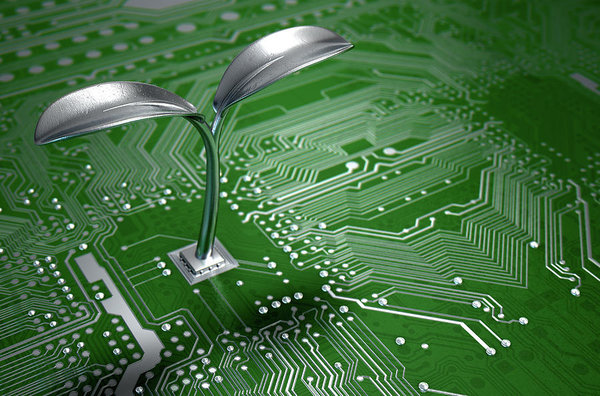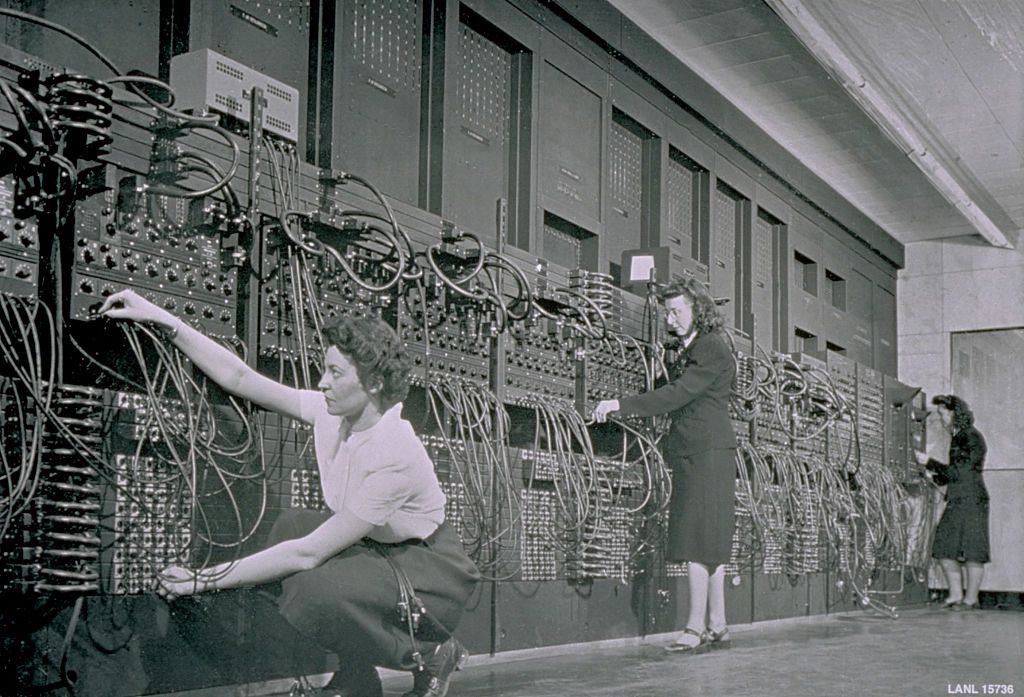Starting up with Integrated circuits

A little history
Like all other things, Integrated circuits also have a history, they didn’t just appear and are all over the place all of a sudden. The sizes of computers as you see today were not as it used to be some years back. In the days of the first computers, the ENIAC occupied about 1,800 square feet and weighed almost 50 tons, that is to say, it occupied a whole room and it weight was about 500+ Dangote cement bags. Really huge!

Today, you are comfortably reading this article with either a phone, tablet or a PC because of the idea and invention of Integrated circuits(ICs).
ICs were invented by Jack kilby and Robert Noyce somewhere in 1961. They didn’t actually do it together but somehow, they came up with it at roughly the same time.
The idea of the ICs invention is the reason why we see most of the smart and effective technologies we see around today. We are waiting for your inventions too.
What are Integrated Circuits(ICs)?
ICs are simply an assembly of many tiny electronic components on a semiconductor device called a wafer. This wafer can hold a million transistors, resistors capacitors and more. So these black stuff you see on motherboards are a whole circuit on its own. It could be a circuit for amplification, oscillation, timing, a microprocessor, a microcontroller and many more. They are fun to work with and make circuits so simple. Instead of building giant circuits from scratch and getting confused with some of the logics in it, you could just look in the market for an IC that can simplify your work for you.
Also these ICs may generally be classified as digital or analog depending on the technology of its operation. Digital ICs are constructed with logic gates and will only output HIGH and LOW(1 and 0) for any kind of input it may receive. Analog or linear ICs will also accept a range of values in its input and give a range of values in its output. They are referred to as linear when there exists a linear relation between the input and the output. However most ICs may be seen to use both digital and analog Tehnologies.
The different packages.
The black objects you see on the boards are just capsules(containers) that house the integrated circuit itself, they neatly presents the circuit to the outside in a way that makes it easy for us to connect them to external circuits. The different packages all come with different dimensions and different ways of their pin counts.
As a hobbyist you will mostly find yourself using the through hole ICs and not the surface mount one so you have to know how to work with the through hole ICs very well. Robots work with the surface mount ICs more perfectly on the industrial/manufacturer level.

Dual in line package.
The Dual in line packages are probably the most common through hole packages you’ll encounter and work with. They are rectangular and the pins are arranged in a parallel fashion on the left and right. The pins are 2.54mm away from the other and fit perfectly in bread boards and prototyping boards.
The pins are many unlike that of the LED, resistors and transistors. There are ICs with 8 pins, 10 pins, 12, 14, 16, …..28 pins and many more. You will always have to checkout for the function and pin-outs of every particular IC you come across before you can use it well. But in any case there is something that is common with them all, the pin-counts
The pin-count identifies every pin on the IC with a particular number so that it can be referenced easily. Its international and are used on all datasheets.

Every DIP IC has a notch on it. The notch is there to let you know where the pin count begins. The IC above has 16 pins and hence the numbering starts as “1” from the first pin and continues in an anticlockwise fashion to the last pin. It is the same with ICs with less or more pins.
With this in mind you are ready to work with any DIP IC once you have a schematic of what you want to build and the datasheet of the specific IC. You can get datasheets for ICs on google by just searching with the numbers and alphabets written on the IC followed by “datasheet” and you are there already.
example: searching “L293D datasheet“will lead you to the datasheet of the L293D motor driver IC.
Okay buddy this was short! If you have read this to this far then you are already fit to start building with ICs. You can strt your ICs journey with the popular 555timer IC. You can buy some ICs also from the Aaenics store.The products come with the datasheets and sample circuits you can build with them.






very interesting